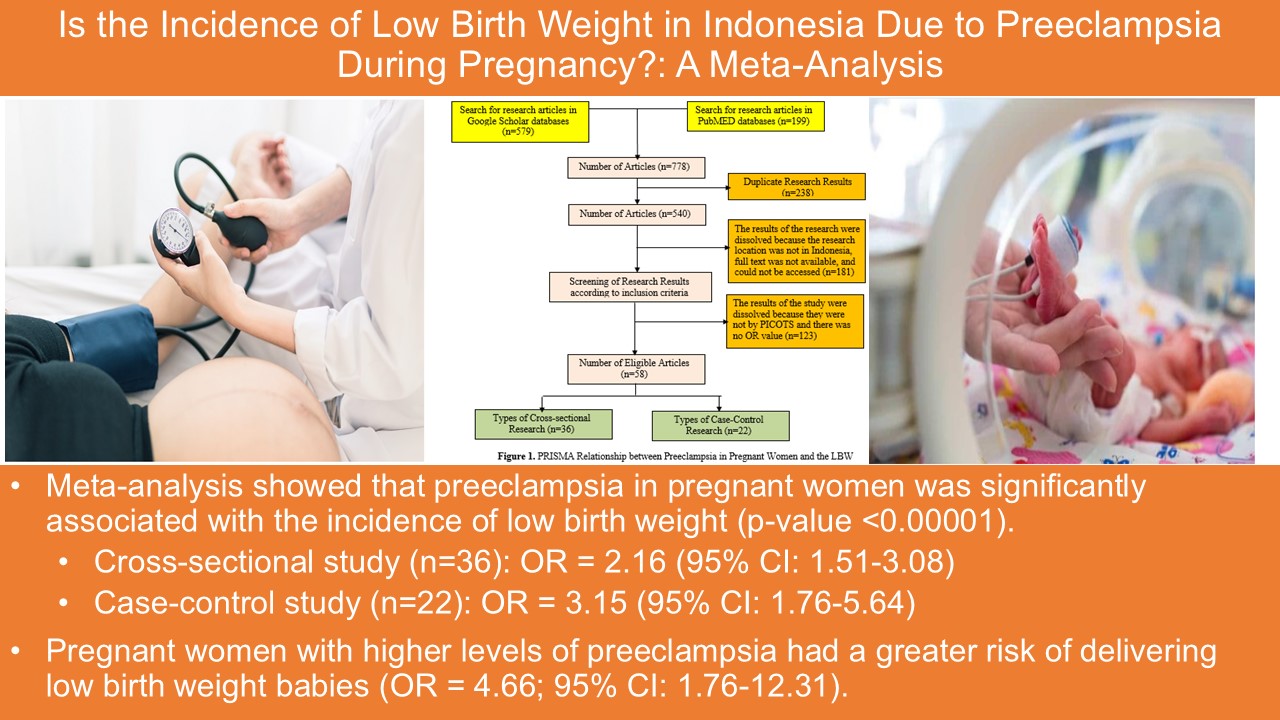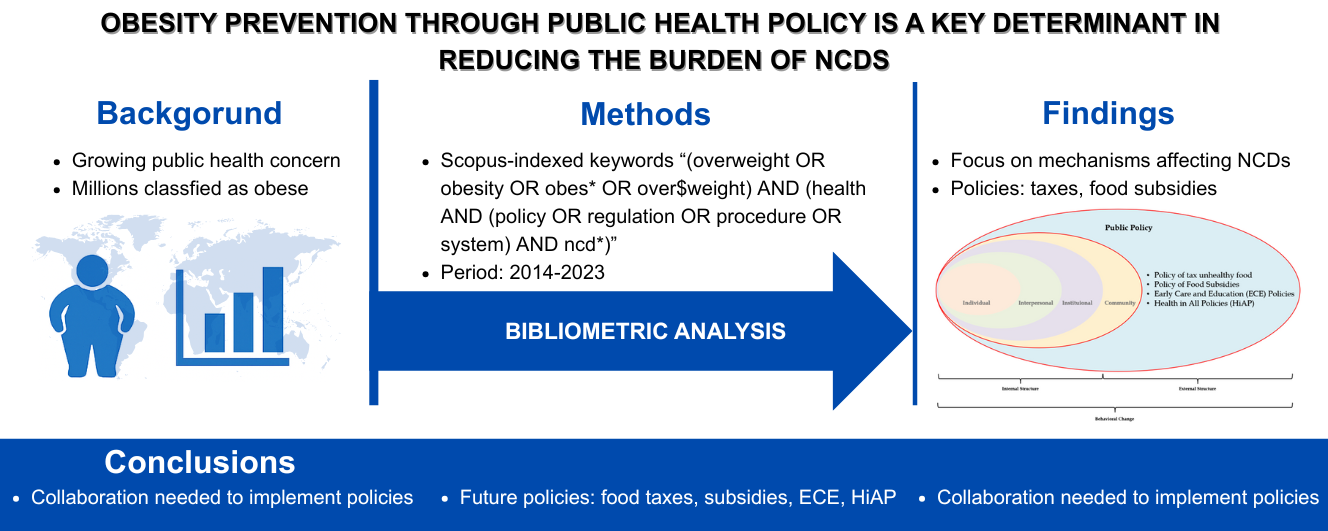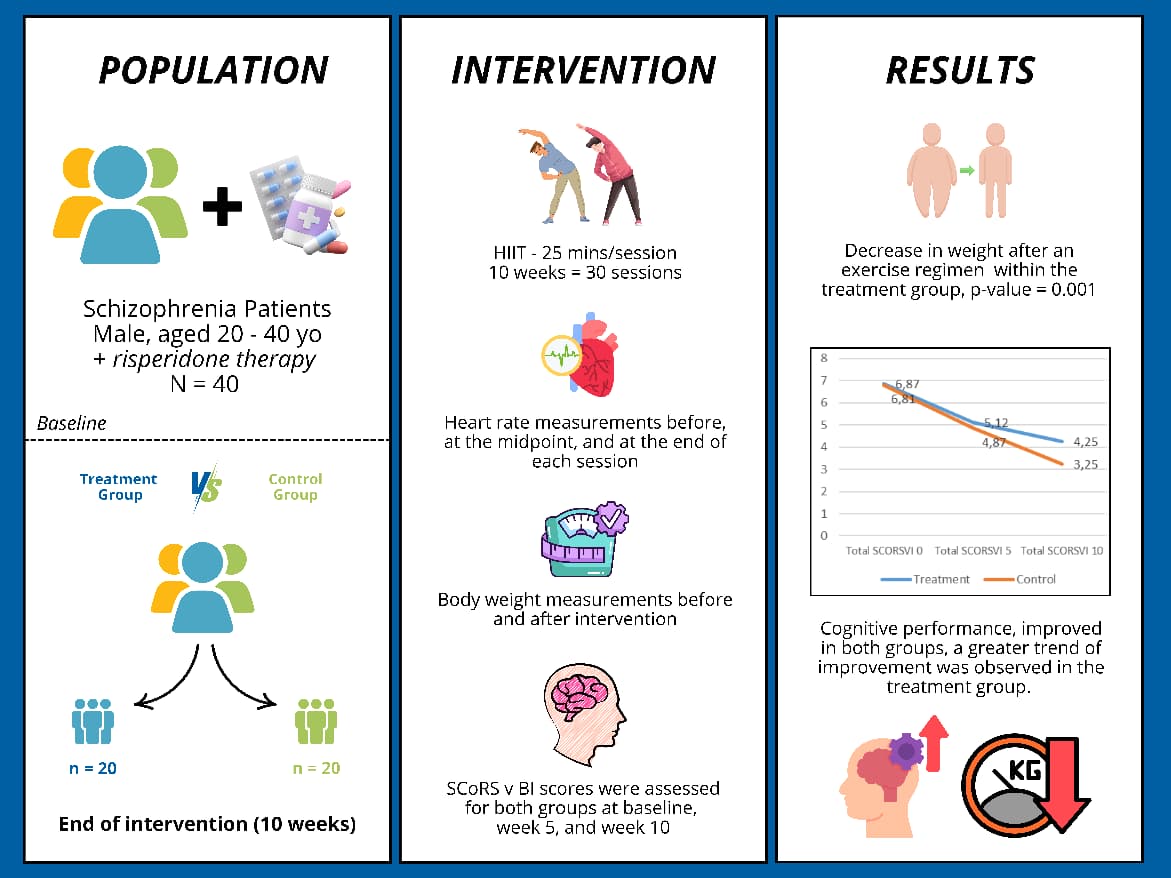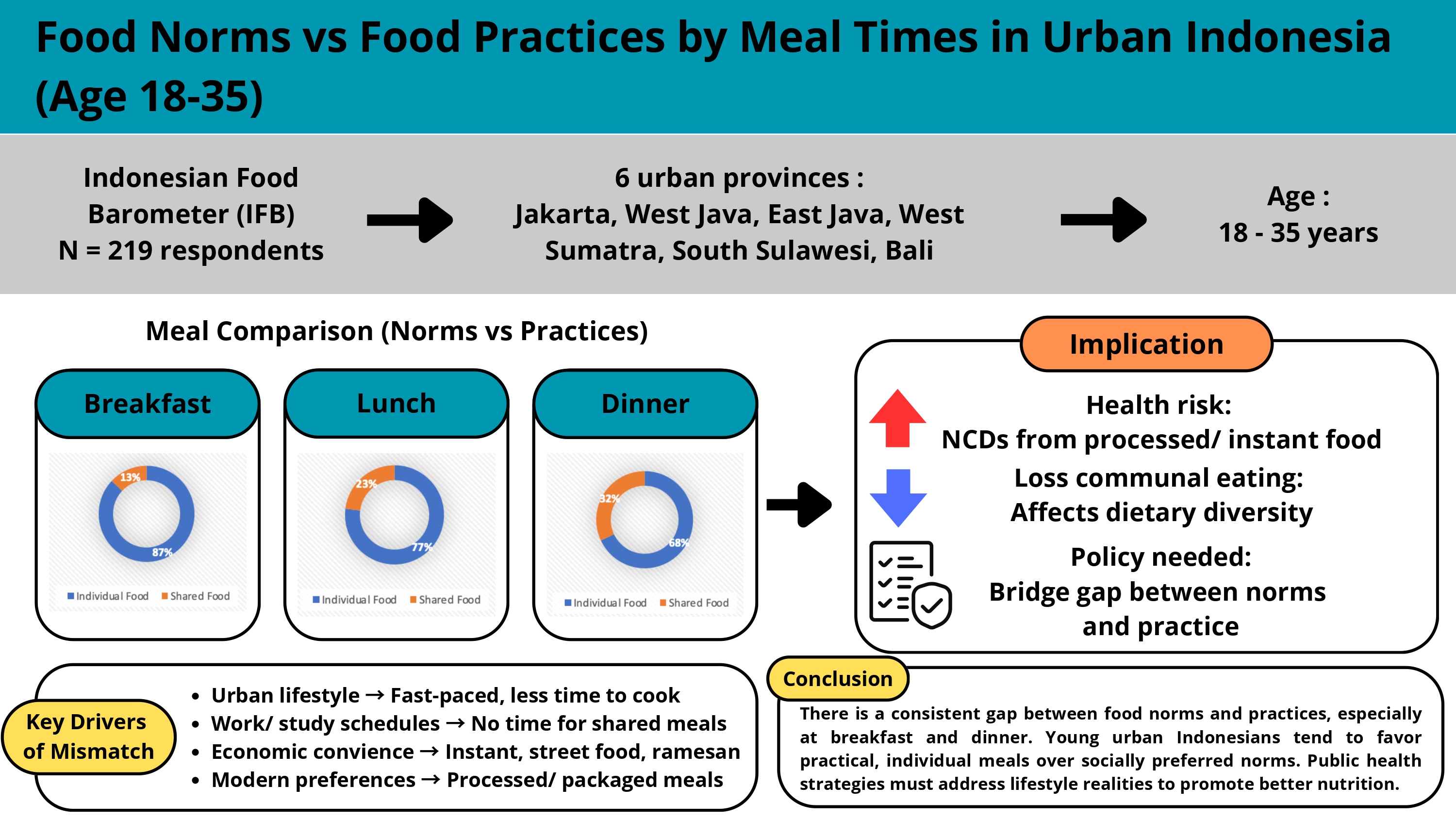The Difference of Iron Level Based on the Cooking Time and Methods Applied on the Tempeh and Beef Liver: An Experimental Study
Downloads
Iron deficiency is a common cause of anemia, so it is necessary to consume adequate food sources of iron to prevent anemia. One way that can be used to fulfill iron intake is by minimize the loss of iron in the cooking process. Beef liver and tempeh are the common iron food sources in Indonesia. This study aimed to analyze the effect of cooking methods and cooking times on the iron levels of beef liver and tempeh. This study was an experimental. There are three cooking methods used in this study: boiling, boiling + stirring, and steaming, and two cooking times were applied for each treatment: 10 and 15 minutes. We were measured the iron level using the Atomic Absorption Spectroscopy (AAS) method. The study results showed that boiling decreased the iron content of tempeh and beef liver by a range of 22.43-34.61%, boiling+stirring decreased the iron content by a range of 42.24-49.64%, and steaming decreased the iron content by a range of 11.93-19.09%. Based on cooking time, cooking for 15 minutes showed a higher reduction in iron content than cooking for 10 minutes. However, cooking methods and cooking times significantly affect the iron level of beef liver and tempeh while steaming for 10 minutes has the highest iron level.
Almatsier, S. (2010). Prinsip Dasar Ilmu Gizi. Jakarta: PT. Gramedia Pustaka Utama.
Armila, S. (2017). Perbandingan Jumlah Ion Kromium (Cr) dan Nikel (Ni) yang Terlepas dari Kawat Ortodonti Stainless Steel dalam Perendaman Berbagai Macam Komposisi Bahan Pasta Gigi (Skripsi). Universitas Hasanuddin.
Asmaningrum, H. P. (2016). Penentuan Kadar Besi (Fe) dan Kesadahan pada Air Minum Isi Ulang di Distrik Merauke. MAGRITRA, 3(2), 95-104.
Bakri, B., Intiyani, A., & Widartika. (2018). BAB 9 Sistem Penyimpanan dan Penyaluran Bahan Makanan. In Bahan Ajar Gizi Sistem Penyelenggaraan Makanan Institusi (pp. 316-317). Jakarta: Kementerian Kesehatan Republik Indonesia.
Bastias, J. M., Baliadares, P., Acuna, S., Quevedo, R., & Munoz, O. (2017). Determining the Effect of Different Cooking Methods on the Nutritional Composition ff Salmon (Salmo Salar) and Chilean Jack Mackerel (Trachurus Murphyi) Fillets. PLos ONE, 12(7), 1-10.
Cambridge Dictionary. (2020). STIRRING | meaning in the Cambridge English Dictionary. Retrieved from https://dictionary.cambridge.org/dictionary/english/stirring
Chaparro, M. C., & Suchdev, S. P. (2019). Anemia Epidemiology, Pathophysiology, and Etiology in Low- and Middle-Income Countries. Ann N Y Acad Sci, 1450(1), 15-31.
Dewi, K. H., Silsia, D., Susanti, L., Markom, M., & Mendra, H. (2010, Januari). Ekstraksi Teripang Pasir (Holothuria Scabro) Sebagai Sumber Testosteron Pada Berbagai Kecepatan dan Lama Pengadukan. Paper presented at the Seminar Nasional Teknik Kimia "Kejuangan”, Yogyakarta. Retrieved from http://repository.unib.ac.id/id/eprint/11188
Ekafitri, R., Afifah, N., Surahman, D. N., Mayasti, N. K., Qodriah, F. L., & Cahyadi, W. (2019). Evaluasi Stabilitas Zat Besi dan Asam Folat serta Nilai Gizi dan Penerimaan Sensori Banana Flake. BIOPROPALINDUSTRI, 10(1), 15-28.
Fabbri, A. D., & Crosby, G. A. (2015). A Review of the Impact of Preparation and Cooking on the Nutritional Quality of Vegetables and Legumes. International Journal of Gastronomy and Food Science, 3(2016), 2-11. doi:http://dx.doiorg/10.1016/j.ijgfs.2015.11.001
Harahap, R. (2019). Pengaruh Kecepatan Pengadukan Terhadap Ekstraksi Flavonoid dari Kulit Buah Alpukat (Persea America Mill.) dengan Pelarut etanol (Skripsi). Universitas Sumatera Utara, Medan.
Ikanone, C. O., & Oyekan, P. O. (2014). Effect of Boiling and Frying on the Total Carbohydrate, Vitamin C and Mineral Contents of Irish (Solanun tuberosum) and Sweet (Ipomea batatas) Patato Tubers. Nigerian Food Journal, 32(2), 33-39. doi:https://doi.org/10.1016/S0189-7241(15)30115-6
Issa, J. Y., Onyango, A., Makokha, A. O., & Okoth, J. (2020). Effect of Boiling and Wet Frying on Nutritional and Antinutrients Content of Traditional Vegetables Commonly Consumed in Malawi. Journal of Food Research, 9(1), 19-33. doi:10.5539/jfr.v9n1p19
Karina, S. M., & Amrihati, E. T. (2017). Bahan Ajar Gizi Pengembangan Kuliner. Jakarta: Kementerian Kesehatan Republik Indonesia.
Kementerian Kesehatan Republik Indonesia (Kemenkes RI) . (2016). Pedoman Pencegahan dan Penanggulangan Anemia pada Remaja Putri dan Wanita Usia Subur. Jakarta: Kemenkes RI.
Khosroshahi, N. K., Hosseini, H., Rezaei, M., Khaksar, R., & Mahmoudzadeh, M. (2016). Effect of Dofferent Cooking Methods on Minerals, Vitamins, and Nutritional Quality Indices of Rainbow Trout (Oncorhynchus mykiss). International Journal of Food Properties, 19(11), 2471-2480. doi:https://doi.org/10.1080/10942912.2015.1039028
Kurnia, R. (2011). Pengaruh Metode Pengolahan Terhadap Kandungan Mineral Remis (Corbicula javanica) (Skripsi). Institut Pertanian Bogor, Bogor.
Kusnadi, Tivani, I., & Amananti, W. (2016). Analisa Kadar Vitamin dan Mineral Buah Karika Dieng (Carica Pubescens Lenne) dengan Menggunakan Spektrofotometri UV-VIS dan AAS. Jurnal Ilmiah Farmasi, 5(2), 81-87. Retrieved January 21, 2020, from https://ejournal.poltektegal.ac.id/index.php/parapemikir/article/view/384
Lubis, C., & Setejo, D. S. (2013). Boga Dasar 1. Bahan Ajar Sekolah Menegah Kejuruan Program Keahlian Tata Boga. Jakarta: Kementerian Pendidikan dan Kebudayaan.
Nugrahedi, P. Y., Oliviero, T., Heising, J. K., Dekker, M., & Verkerk, R. (2017). Stir-Frying of Chinese Cabbage and Pakchoi Retains Health-Promoting Glucosinolates. Plant Foods for Human Nutrition, 72, 439-444. doi:https://doi.org/10.1007/s11130-017-0646-x
Purwaningsih, S., Salamah, E., & Mirlina, N. (2011). Pengaruh Pengolahan Terhadap Kandungan Mineral Keong Matah Merah (Cerithidea obtusa). Pertemuan Ilmiah dan Seminar Nasional MPHPI, (pp. 89-102). Retrieved from http://thp.fpik.ipb.ac.id/wp-content/uploads/karya-ilmiah/SriPurwaningsih/Pengaruh_Pengolahan_Mineral_Matah_Merah.pdf
Purwanto, Y. A., & Weliana. (2018). Kualitas Tempe Kedelai pada Berbagai Suhu Penyimpanan. Journal of Agro-based Industry, 35(2), 106-112.
Qodriah, F. L. (2016). Stabilitas Zat Gizi Mikro (Asam Folat dan Fe Fumarat) pada Produk Banana Flakes Fortifikasi Selama Proses Pengolahan (Skripsi). Universitas Pasundan, Bandung.
Schmidt, R. H., Erickson, D. J., Sims, S., & Wolff, P. (2012). Characteristocs of Food Contact Surface Materials: Sainless Steel. Food Protection Trends, 32(10), 40-44.
Sinala, S. (2016). Modul Bahan Ajar Cetak Farmasi. Farmasi Fisik. Jakarta: Kementerian Kesehatan Republik Indonesia.
Suryani, D., Hafiani, R., & Junita, R. (2015). Analisis Pola Makan dan Anemia Gizi Besi pada Remaja Putri Kota Bengkulu. Jurnal Kesehatan Masyarakat Andalas, 10(1), 11-18. doi:https://doi.org/10.24893/jkma.v10i1.157
Thanuja, S., Sivakanthan, S., & Vasantharuba, S. V. (2019). Effect of Different Cooking Methods on Antioxidant Properties of Tomato (Lycopersicon esculentum). Ceylon Journal of Science, 48(1), 85-90. doi:http://doi.org/10.4038/cjs.v48i1.7592
World Health Organization (WHO). (2011). Haemoglobin concentrations for the diagnosis of anaemia and assessment of severity. Retrieved from https://www.who.int/vmnis/indicators/haemoglobin.pdf
Copyright (c) 2022 Media Gizi Indonesia

This work is licensed under a Creative Commons Attribution-NonCommercial-ShareAlike 4.0 International License.
- MEDIA GIZI INDONESIA Journal is the copyright owner of all materials published on this website.
- The formal legal provisions for access to digital articles of this electronic journal are subject to the terms of the Creative Commons Attribution-NonCommercial-ShareAlike license (CC BY-NC-SA 4.0), which means that MEDIA GIZI INDONESIA Journal and readers reserve the right to save, transmit media / format, manage in database, maintain, and publish articles as long as it continues to include the name of the Author.
- Printed and published print and electronic manuscripts are open access for educational, research and library purposes. In addition to these objectives, the editorial board shall not be liable for violations of copyright law.


2.png)





















